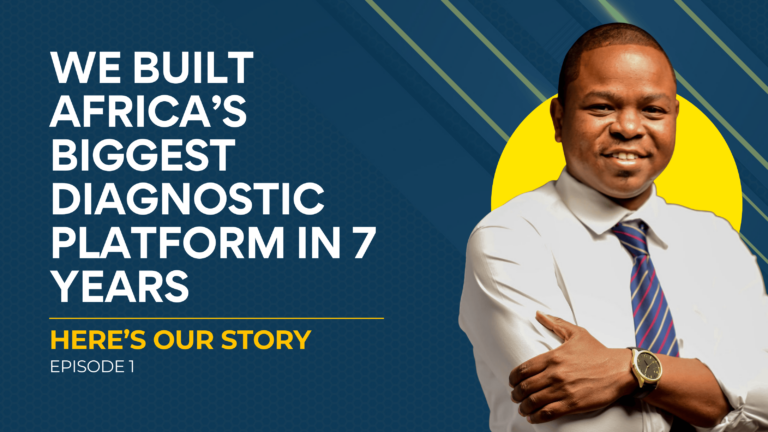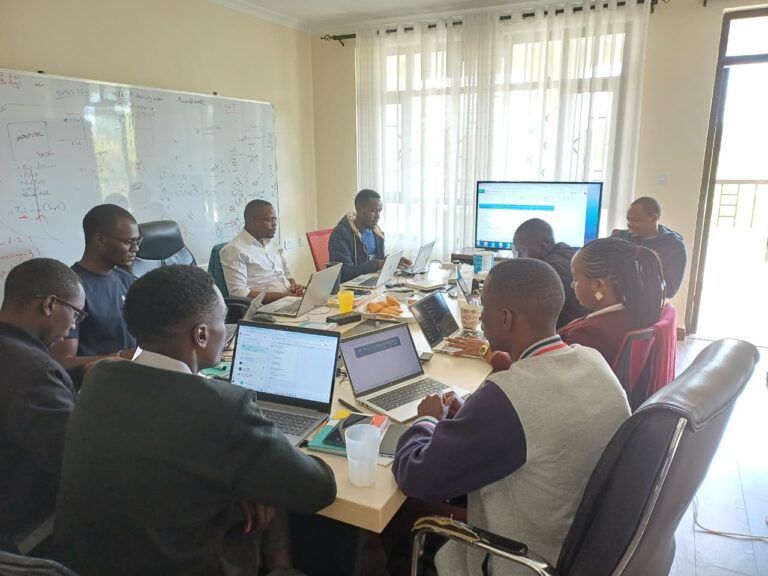
Cottolengo Mission Hospital: How a Mission Hospital in Rural Kenya Transforms Healthcare for the Forgotten
Cottolengo Mission Hospital is a level four facility, which was founded by Italian missionaries in Chaaria, Meru County, in 1984. Initially established as a dispensary for patients with disabilities, the facility received level four accreditation in 2002 from the Ministry of Health. Today, the facility provides a diverse range of comprehensive specialist services, including but not limited to inpatient, maternity, surgical and outpatient services. Furthermore, it has become an anchor institution in the Mount Kenya region, operating 132 beds and 4 cots.
The Pathology Report Spoke to Eric Muthomi, the facility’s assistant medical director, about its recent transformation and mission to serve the poor.
“Our prices are very low,” explains Eric, “The main mission is to help the community. To better the service that we give to the people.”
Eric tells me that the hospital’s heritage traces back to Saint Joseph Benedict Cottolengo, who founded the Little House of Divine Providence in 1828 in Turin, Italy, to care for the city’s most destitute sick. His motto, “Caritas Christi Urget Nos” (The Love of Christ Compels Us), now guides this Kenyan institution in the highlands of Meru County.
Indeed, many patients from neighbouring counties have been attracted by the facility’s services. Patients travel significant distances, drawn by Cottolengo’s reputation for affordable care. “We get patients from different areas,” Eric explains, describing a diverse patient base from remote rural communities to urban residents seeking alternatives to expensive private healthcare.
The Diagnostic Revolution
In recent years, the hospital has partnered with The Pathology Network to improve its service offerings. Eric describes the transformation: “Previously, we would get results in one month, maybe. Sometimes, we even get results in four days, one week.”
This improvement represents more than efficiency; it’s about enhancing dignity and hope for the communities Cottolengo Mission serves. Eric shares the story of a critically ill child with a rare bone cancer. The child came from a poor background and lived with his grandma, who did not have any money to fund treatment. By the time they visited Cottolengo Mission Hospital, “This child was almost dying,” he recalls. “The case was particularly challenging because it required multiple specialised diagnostic tests within a short period to determine the course of the disease and treatment options.”
Before their partnership with the Pathology Network, this type of complex case would have been very difficult for Cottolengo to handle properly, as they would have had to wait weeks or even a month for test results. But because of their improved diagnostic capabilities through the partnership, they were able to send samples for testing and get results much faster.
Eventually, the child was flown to Italy for a bone transplant. Eric says that the child survived and continues to thrive. “No one knew it could be possible. Even some of the consultants here had expressed their doubt.” Today, Jayden is a testament to how technological partnerships can amplify a mission hospital’s impact.
Challenges
Running a mission hospital in contemporary Kenya requires navigating complex challenges. Eric speaks candidly: “Sponsorship has been reduced. We have had to manage the little that we have.” Yet rather than scaling back, Cottolengo continues investing in infrastructure. Recently, the hospital acquired new CPAP machines and upgraded its imaging department.
Looking Forward
Cottolengo Mission Hospital serves as an example of how technology can revolutionise treatment while also serving the most vulnerable. In an era when healthcare increasingly feels like privilege, the hospital’s partnership with the Pathology Network continues to demonstrate that advanced medical capabilities and social mission can work hand in hand. By reducing diagnostic turnaround times from weeks to days, the partnership has transformed critical care delivery for Kenya’s rural poor, proving that technological innovation need not come at the expense of accessibility or compassion. Instead, it can amplify a mission hospital’s ability to fulfill its founding promise: quality healthcare as a right, not a luxury.

